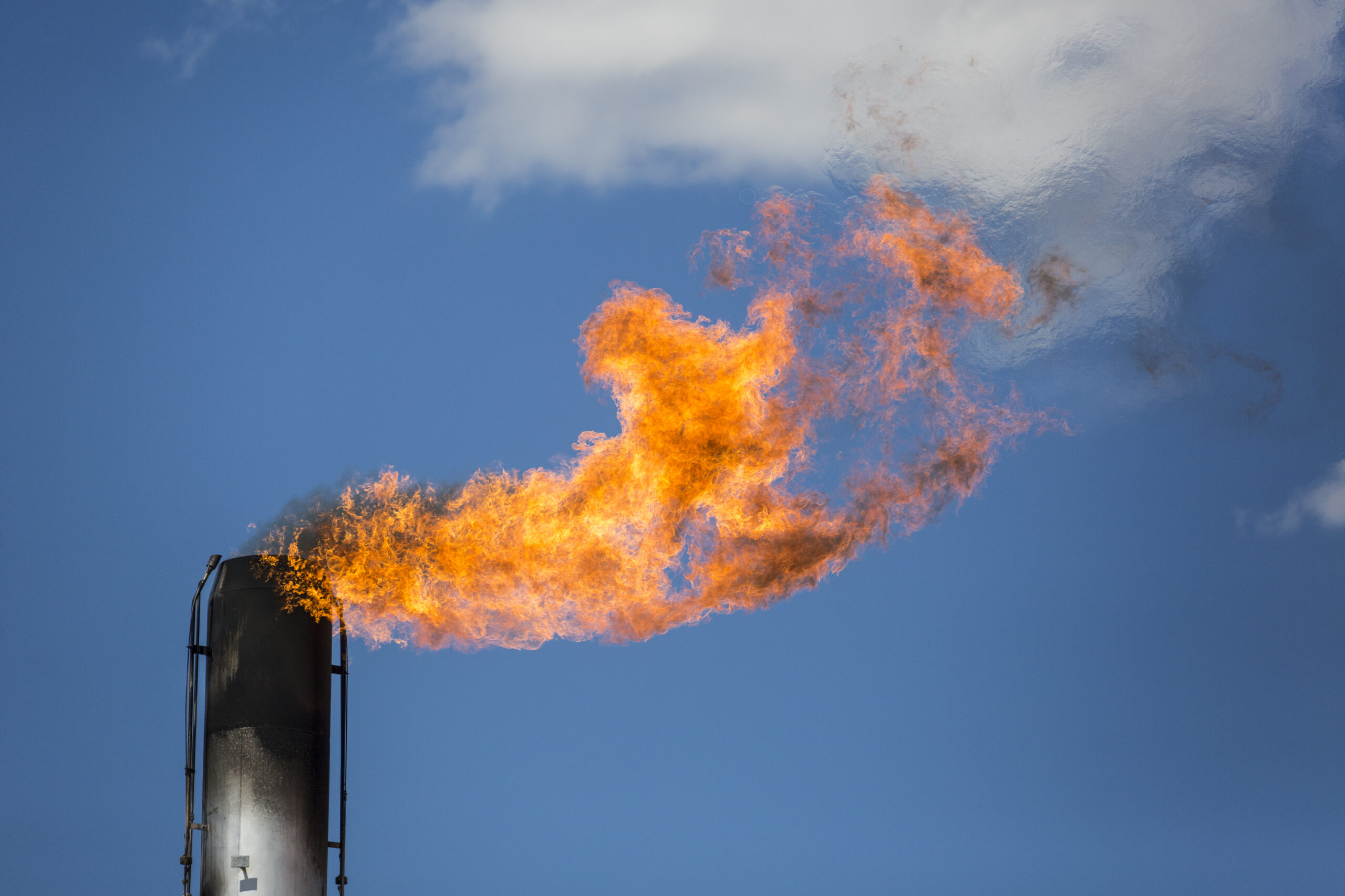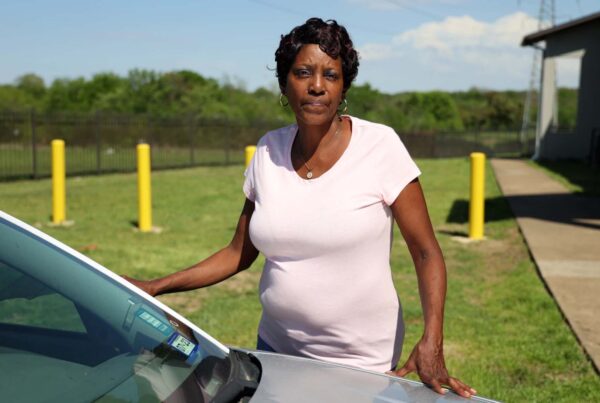Oil and gas production have long been a cornerstone of the Texas economy, often seen as an aspect of the state’s identity. But the industry has long faced criticism, as well, particularly as climate change continues to be a growing concern.
While the environmental cost remains a prominent target for those doing the critiquing, a new study has given us the numbers behind the human cost of the oil and gas industry – particularly as it relates to health.
A joint study by the Boston University School of Public Health, the University of North Carolina Institute for the Environment, PSE Healthy Energy and the Environmental Defense Fund has found air pollution from domestic oil and gas production to be responsible for about $77 billion in health impacts nationwide every year, with Texas among the states with the highest proportion of associated health damages.
Lead researcher Jonathan Buonocore, assistant professor of environmental health at Boston University’s School of Public Health, joined Texas Standard to discuss the report’s findings. Listen to the interview above or read the transcript below.
This transcript has been edited lightly for clarity:
Texas Standard: $77 billion. It’s kind of hard for the mind to wrap itself around a number like that. Can you tell us how you and your colleagues came to it?
Jonathan Buonocore: So basically what we did is we started with what we know about the emissions from oil and gas and from the production side of things, looking at mostly the criteria air pollutants. So these are things that contribute to ozone, fine particulate matter, PM2.5 and new to this was nitrogen dioxide.
And we ran that through some state-of-the-art atmospheric chemistry and transport models to figure out where the air pollution would travel and then ran it through a new – but not super new – health impact assessment framework to figure out the total health impacts of this air pollution, mapping it to where the air pollution travels and who gets impacted.
And we found that there was 7,500 deaths due to this air pollution, 410,000 asthma attacks and a whole host of other health impacts that, as you said, when you put a dollar value on everything using the standard methodologies, ends up being about $77 billion.
You know, I think about this and I think about pollutants that exist around a lot of folks – whether it’s, say, a concrete plant that may be operating in the area. It’s hard to be able to pinpoint the causes of some of the respiratory issues that residents nearby are experiencing to a specific cause. How do you address that in this study?
Yeah. So it’s a typical problem in a lot of environmental sciences. A lot of things contribute to a lot of different outcomes.
But here we have decades of epidemiology. So these are studies that have followed people over long periods of time looking at air pollution exposures and all the other things that could affect their health, like their diet, where they work, whether they smoke or not, how old they are, preexisting conditions, race, ethnicity – a whole series of different variables to control for. And then after you control for those variables, you can figure out independent effect of the exposures to air pollution on these different health outcomes.
So we would review the literature, found a whole series of these different – we call them “concentration response functions” – but this is just, you know, the best read of the literature in terms of like, if your air pollution exposure increases by a certain amount, what does that do to the probability of some bad thing happening to you?
And we know where people live because of the census. CDC and other agencies track background health data on mortality and asthma and all that pretty well.
So you’re connecting the dots?
Yeah. And then the air pollution model tells us where the air pollution goes, and then once you get everything lined up in space, it’s math.
» GET MORE NEWS FROM AROUND THE STATE: Sign up for our weekly ‘Talk of Texas’ newsletter
When you’re talking about the policy implications, though, that come with a report like this, what stands out to you? Are there patterns that you were able to spot, perhaps patterns in the process of production, a particular stage in the cycle of oil and gas production? What did you spot?
Yeah, we weren’t able to really identify things down to that level since you kind of ran the whole sector en masse instead of breaking it down by individual component. But to us, a couple of things jumped out.
I guess the first is the degree of spread of the impacts of this. So like states that host oil and gas production, they were heavily impacted, but so were some states that have like little to no oil and gas production, but had big population centers, like Illinois, New York state. So that was one thing – again, the air pollution from this is a very kind of a regional-to-continental problem.
The second thing that jumped out is this inclusion of the NO2 pollution really was a strong driver of the health impacts, and that indicates that the combustion processes that happen on site seem to be driving the health impacts. So this is stuff like flaring and this is like compressor engines, pump jack engines and basically anything that gets used on site that burns fuel.
So what about policy implications? I mean, obviously you all wanted to do this to call the attention of these issues to policymakers, I would imagine.
Yeah. And I think for policies that does kind of point toward what kind of control strategies and that kind of thing would affect health. I think what it highlights here is that really in order to address health impacts and climate impacts from the sector as a whole, you have to look at the whole production sector.
So things that are going to address these combustion emissions alongside some of the things like venting and leaks and that kind of thing that are targeted with climate policies, I think this points toward these more holistic policies having a better, bigger health impact.
Another thing that it points to is that if you’re thinking about energy, it’s really important to look across the full lifecycle. So, you know, if you’re doing something like building electrification – there’s a lot of people that are discussing kind of the air quality benefits of like not burning gas in buildings – add on top of that, like if you’re not consuming gas, that’s less gas that needs to be produced, therefore less of these emissions.
And same goes for vehicle electrification as well, where if you’re not burning petroleum in an internal combustion engine in a car, that’s oil that doesn’t need to be produced.

















